Bader Elkhatib, the vice-president of CentreCourt, specializes in urban high-rises. Yet, the developer isn’t unnerved by pandemic Toronto’s quiet city streets or the trend that has seen more urbanites settling in the suburbs and the sticks.
“Wait until the weather is 14 degrees, like it was two weeks ago. The downtown was bumping,” says Elkhatib. “We are the second-largest financial hub in North America. Look at New York or San Francisco or London, England – everyone is clamouring to be in these areas,” he says. “Toronto is up there, too.”
He believes urbanites want the convenience of being within walking distance – of the Financial District, Ryerson University, transit, cultural venues, restaurants and bars, even if the trade-off is living in tighter quarters, he says.
In 2016, CentreCourt launched Core Condos, the first of six downtown east projects clustered within blocks of each other. The fifth, the 595-unit 8 Wellesley, sold out in 10 days earlier this year. The developer has approximately 3,000 units completed or under development in the area.
Prime, the latest offering built in partnership with Centrestone Urban Developments, at the corner of Jarvis and Dundas, replaces a rundown Comfort Inn, and will be ready for residents in 2024. Suites range from 300 to 800 square feet; prices start in the high $400,000s.
Designed by the architects at IBI Group, the 45-storey 595-unit tower is sharp and contemporary. Its three-storey stone and glass podium will be sheathed in charcoal metal laid in a staggered grid, accented by gold detailing. Outside the entrance, a cedar-lined overhang is a warm detail that leads to a lobby layered in Versace furnishings.
“First impressions matter, whether you’re a prospective renter or a buyer, so we always try to switch it up in each of our buildings,” says Elkhatib. (At 199 Church, lobby furnishings were Fendi.)
The interiors, designed by the firm Figure3, are intended to impart luxury. “As soon as you walk in, you see this grand gold light fixture. It’s like a five-star hotel lobby.”
“We’ve even had a scent curated for the lobby. It sounds silly, but it makes a massive difference to the experience once the building is up and running and people are coming in and out,” he says. “It doesn’t smell like Uber Eats. It smells like a spa.”
And automated package storage means piles of Amazon boxes won’t harsh the vibe. “The idea is to keep it clean and sleek,” he explains.
He has also “doubled down” on the gym and in co-working spaces, which he discovered was a game-changer in previous projects.
While bowling alleys and gimmicky amenities in general sound fun on paper, they’re not practical because they’re rarely used, he says. Elkhatib wants his buildings to truly reflect how people live – people who, like himself (he’s 31) and his colleagues, match the under-40 demographic that tend to populate his projects, he says.
To meet their needs, Prime has a 4,000-square-foot indoor/outdoor co-working space on level two, complete with modern glass breakout rooms and study pods in an open-concept setting.
As for the suites, Elkhatib says they will be efficient, to keep costs down. “When people look to buy, [they] naturally focus on size: ‘How big is the unit?’ I think, the better question is, ‘Am I paying for a corridor I’m not using? Do I need a 100-square-foot entryway?’ That’s very expensive and isn’t useable space.”
The units are compact and clean-lined, including a useable kitchen and a comfortable bedroom. In Elkhatib’s words, they’re “an attainable home” in the downtown core.
“We believe in the story of urbanization. It’s short-sighted to think that people’s living preferences change over time.”

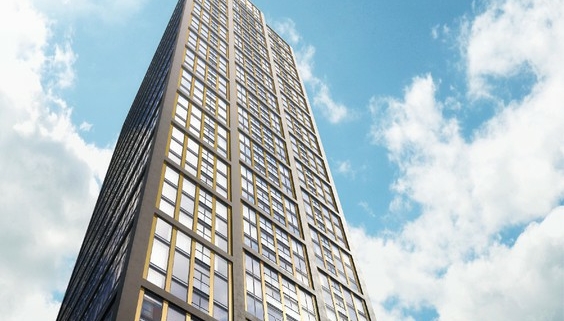
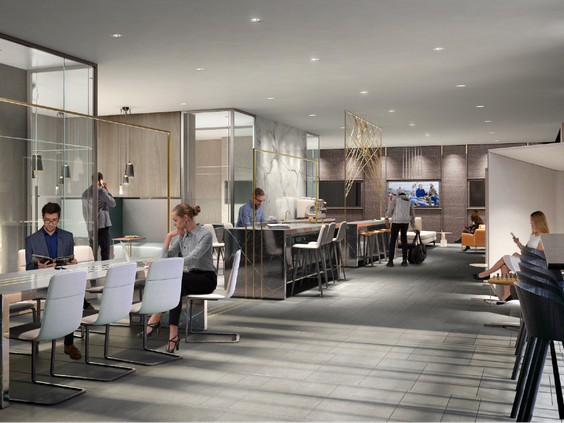
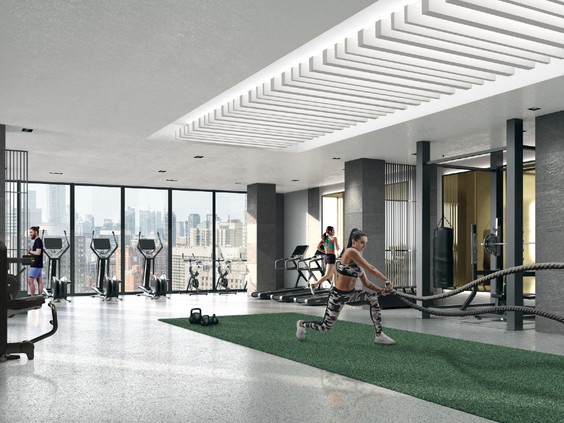

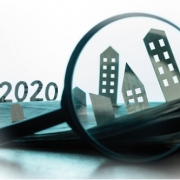



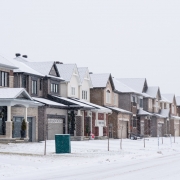
 Maziar Moini, Broker of Record - Home Leader Realty Inc.
300 Richmond St. W., #300, Toronto, ON M5V-1X2
Maziar Moini, Broker of Record - Home Leader Realty Inc.
300 Richmond St. W., #300, Toronto, ON M5V-1X2


